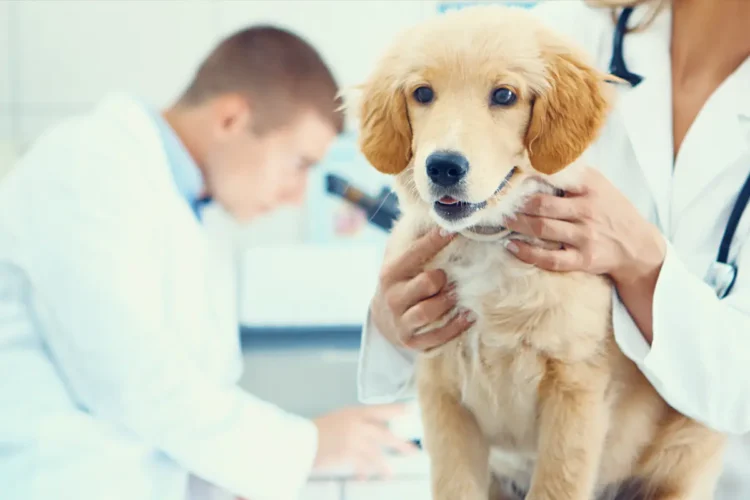Taking your pet to the vet can sometimes be stressful for both you and your pet. Preparation helps ease that anxiety. At Maple Valley Veterinary, a little readiness can make a significant difference. Start by familiarizing your pet with their carrier. Let them explore it so it becomes a safe place. Then, try short car rides to reduce travel anxiety. Offer treats as positive reinforcement. Next, ensure your pet is comfortable being handled. Practice gentle touches on their paws, ears, and mouth. This helps them stay calm during exams. Finally, stay calm yourself. Pets sense your tension, so maintaining a relaxed demeanor reassures them. Remember, your actions can significantly influence your pet’s experience. Following these tips allows for a smoother visit, leading to better health outcomes for your furry friend. Prioritize your pet’s comfort. Your proactive approach fosters a healthier relationship with the vet.
Building Familiarity with the Vet
One effective strategy is to make your pet familiar with the vet’s office environment. Consider visiting the clinic when you don’t have an appointment. Let your pet explore the waiting area. This helps reduce fear when the actual appointment occurs. You can also request a meet-and-greet with the veterinary staff. Knowing these friendly faces helps your pet feel more secure on the day of the appointment.
Importance of a Consistent Routine
Creating a routine makes the vet visits less daunting. Feed and walk your pet at the same time daily. Consistent routines offer security. On the day of the vet visit, adhere to their regular schedule as closely as possible. This consistency provides a sense of normalcy. When combined with other preparation steps, this approach supports a calm vet visit.
Data Comparison: Stress Levels in Pets
Below is a table representing the average stress levels in pets during vet visits, based on preparation.
| Preparation Level | Pet Stress Level (%) |
| Unprepared | 80 |
| Basic Preparation | 60 |
| Advanced Preparation | 30 |
Using Positive Reinforcement
Positive reinforcement plays a key role in reducing anxiety. Each time your pet cooperates, offer a treat or praise. This encourages them to associate the vet visits with positive experiences. When returning from the vet, reward your pet with their favorite activity. This reinforces the idea that vet visits lead to enjoyable moments.
Understanding Your Pet’s Health Needs
Knowing your pet’s medical history prepares you for the vet visit. Keep detailed records of past visits, vaccinations, and any medications. This information allows for smooth communication with your vet. If your pet has specific fears or triggers, inform the veterinary team. They can adjust their approach to make your pet comfortable.
Preparing for Emergencies
Unexpected situations may arise. Have an emergency plan in place. Know the route to the veterinary office, and keep their contact information handy. For more detailed guidance, check resources like the American Veterinary Medical Association’s emergency care guidelines. Being prepared ensures you’re ready to handle any situation calmly.
Transporting Your Pet Safely
Ensure your pet’s carrier is secure during travel. Use a seatbelt or car seat to keep the carrier in place. For pets not comfortable in carriers, look into restraint systems. Safety during transport is crucial for a calm visit. Consider playing soft music to soothe your pet while driving.
Conclusion
By implementing these strategies, you greatly improve your pet’s experience at the vet. Familiarization, routine, and positive reinforcement create a less stressful environment. Being informed and prepared benefits both you and your pet. Prioritize comfort, preparation, and calmness. With the right approach, vet visits become a manageable and even positive part of your pet’s health routine. A little effort leads to a lifetime of benefits.







